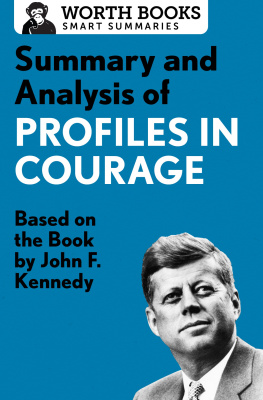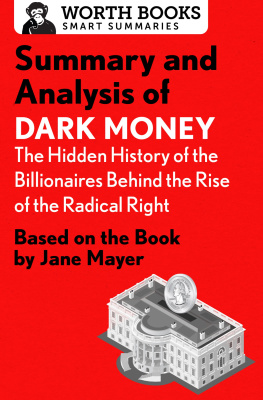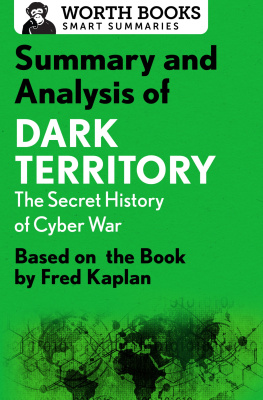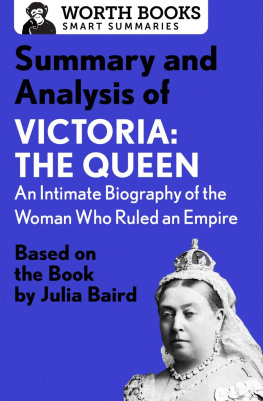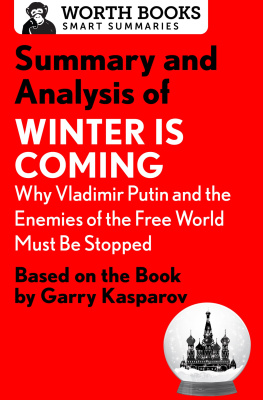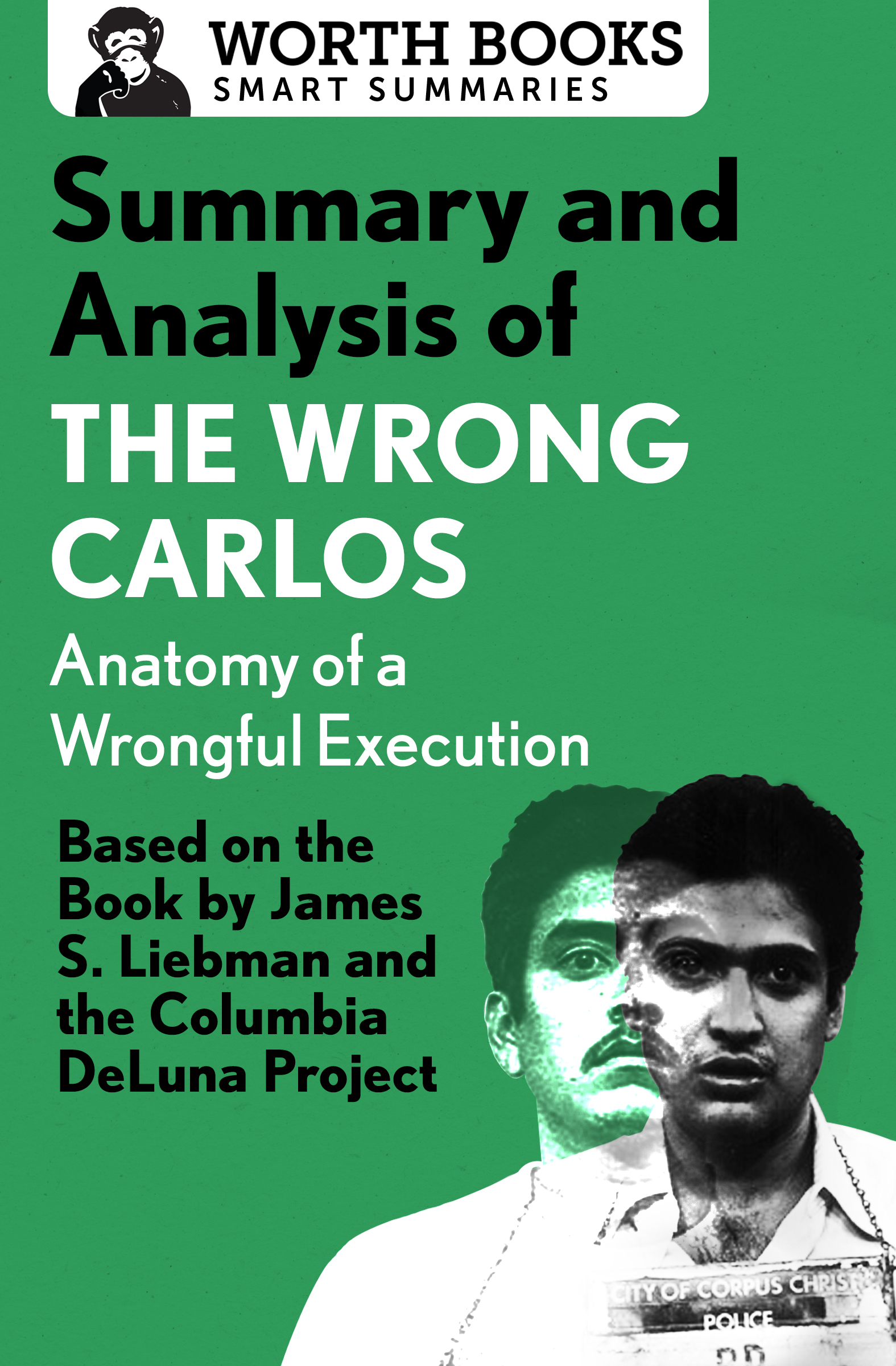Summary and Analysis of
The Wrong Carlos
Anatomy of a Wrongful Execution
Based on the Book by James S. Liebman and the Columbia DeLuna Project

Contents
Context
The Wrong Carlos , published in 2014, calls into question the efficacy of the US justice system and its ability to impose the death penalty with accuracy and certainty. James S. Liebman and his coauthors from the Columbia DeLuna Project (CDP) examine these questions through the lens of a relatively obscure 1980s case from Corpus Christi, Texas, in which a man named Carlos DeLuna was executed for the murder of Wanda Vargas Lopez. Liebman happened upon the case while researching unreliable eyewitness testimony in capital cases, but it had a further twist: DeLuna maintained his innocence from his arrest until his execution, and insisted that a man named Carlos Hernandez was the true culprit.
His story sounded unlikely, but in 2004 Liebman and the CDP began six years of investigation that led to The Wrong Carlos and its ultimate conclusion: The state of Texas executed Carlos DeLuna for Carlos Hernandezs crime in December 1989. Their painstaking examination of old and new evidence has convinced the Lopez family, governing officials, and countless others that DeLuna was the victim of a wrongful execution. In a country where support for the death penalty remains controversial, The Wrong Carlos asks its readers to seriously consider whether irreversible conviction at the hands of a flawed system is the type of justice Americans want to see served.
Overview
On February 4, 1983, a young woman named Wanda Vargas Lopez was stabbed while she worked alone as a gas station clerk in Corpus Christi, Texas. Within an hour, a twenty-year-old Hispanic man named Carlos DeLuna was pulled from under a truck a few blocks away and arrested for her murder. Five months later, DeLuna was convicted of first-degree murder and sentenced to death on the strength of one witnesss testimony.
DeLuna could have avoided the death penalty if he had accepted a plea deal, but he staunchly maintained his innocence, accusing a different man, Carlos Hernandez, another Hispanic man from Corpus Christi. No one gave serious weight to this claim until 2004, when James S. Liebman singled out the case as a candidate to exemplify errors in eyewitness identification. Investigator Peso Chavez spent a day in Corpus Christi to see if he could learn anything about the case. Linda Perales was the first person who agreed to talk to himshe had at one time or another married into both the Hernandez family and the DeLuna family. Perales verified Carlos Hernandezs existence and directed Chavez to his niece, Pricilla Hernandez, who described overhearing a confession from Uncle Carlos. She also remembered Hernandezs birthdate, which allowed investigators to find official records of Carlos Hernandezs existence, image, and criminal record.
From there the case opened up into a years-long investigation of mistaken identity and a wrongful execution. In painstaking, straightforward detail, The Wrong Carlos presents its evidence in a series of parts, focusing, in turn, on the crime in question; the lives of each Carlos preceding the murder; DeLunas trial, appeals, and execution; and Hernandezs continuing violence, confessions, and arrests, before sharing the authors own conclusions drawn from the gathered materials.
Summary
Preface
The authors of The Wrong Carlos recap Supreme Court Justice Antonin Scalias stated belief that there has never been a proven case of a convict wrongfully executed by the US criminal justice system. In researching the case of Carlos DeLuna, the authors compiled a large amount of data that they have made available on the internet and in their book, The Wrong Carlos. They intend to present the evidence as clearly as possible, hoping their readers can decide for themselves whether or not Carlos DeLuna was wrongfully executed. Only at the end of the book will they give their own interpretation.
Prologue
In 1863, a woman was hanged in Texas for murder. She insisted with her dying words that she was innocent, and in 1985, the state government exonerated her of the crime. She remains the only person the state admits to wrongfully killing. Since her death, Texas has gone on to execute more people than any other state. One of them being Carlos DeLuna. He was convicted of stabbing a young woman to death.
The reverend who spent DeLunas last day with him came to believe that Carlos had a childlike view of the world, that he was likely innocent of the murder, and that he possibly suffered during the lethal injection.
Carlos DeLuna looked a lot like another man from the same townCarlos Hernandez. Hernandez had a violent history, but never remained in jail for very long despite his many convictions. His usual weapon was a knife, and his usual victim was a woman. The murder for which DeLuna was executed, in fact, fit Hernandezs pattern perfectly.
Part I: The Death of Wanda Lopez
1. Murder
On February 4, 1983, a tweny-four-year-old woman named Wanda Jean Vargas Lopez was murdered while working alone in a gas station convenience store. Wanda was a single mother who lived with her parents and five-year-old daughter in Corpus Christi, Texas. Her parents and brother, Richard Vargas, worried about her working alone at the Sigmor Shamrock in a rough part of town. Their fears were validated the night they learned that Wanda had been stabbed in her left breast, puncturing her lung. She was dead. The Vargases were sent home with no other information; they were surprised and disturbed later that night to hear a recording of Wandas final 911 call on the news. Listening to Wandas last words and screams increased their distress, and infuriated Richard: Instead of sending help immediately, the dispatcher questioned her until she moaned in pain and lost hold of the phone.
Need to Know: Wanda Lopez was murdered on February 4, 1983, in Corpus Christi, Texas. Even though she was working alone at gas station in a dangerous part of town, police did not respond immediately to her call for assistance.
2. Manhunt
The police assembled four eyewitnesses from the scene of the crime. Each of them described a Hispanic man of similar height and build, but otherwise their descriptions differed. Kevan Baker, the only person who witnessed the attack, described a transient-looking man with an unshaven face, jeans, and a flannel shirt. George Aguirre, who first warned Wanda that a man was standing outside with a knife, described a similar man with a gray sweatshirt. John and Julie Arsuaga, who saw a man jogging past their car a few blocks east of the gas station, described him as clean-shaven, wearing a pressed white button-down shirt and dress pants. The officer who broadcasted these descriptions to other police noted at first that the witnesses might be describing two different men, but eventually conflated the descriptions into a single, inaccurate portrait.
Meanwhile, the police spent about thirty minutes following a man who was running to the north and westthe direction Baker had seen the attacker take off towarduntil they lost his trail. A woman called 911 to report that a man was hiding under her truck a few blocks east of the gas station. Minutes later, police arrived in her driveway and pulled a man out from under the truck: Carlos DeLuna.
Need to Know: Most of the information contained in this chapter came from a tape recording that contained Wandas 911 call and the forty-one minutes that the police spent following not one, but two suspects. The manhunt portion of the tape went unheard by anyone outside law enforcement until 2005, when CDP investigators contacted Jesse Escochea, the police dispatcher who had answered Wandas call. He had made a personal recording of the call and the manhunt to keep as a souvenir.



